📈 Equity Awareness to Listing Launch: How Strategy Reports Spark Spring Success
As we prepare for another busy season, now is the perfect time to start upgrade conversations with your client base. Whether they’re looking to move up, cash out, or simply explore their options, our Equity & Strategy Reports are the ideal spark to get them thinking and acting early.
🔍 Insight That Inspires Action
Our co-branded Equity & Strategy Reports deliver more than just a number. They uncover hidden opportunities:
Unlock funds for home improvements
Prepare for downsizing or upgrading
Evaluate selling vs. refinancing options
Explore HELOC or term reduction strategies
With today’s market shifts, many homeowners don’t realize just how much equity they’ve built—and how it could fuel their next move.
🗓 The Annual Review Reboot (with Co-Branding!)
We’re also rolling out Annual Review Invitations, personalized and co-branded with your logo and contact info. These aren’t just mortgage checkups—they’re strategic planning calls designed to:
Forecast financial goals
Review amortization and savings strategies
Introduce your services as their next move takes shape
Ask who else in their world is thinking about a change
Many clients choose to sponsor friends and family to receive this free service. We handle the details—you receive the credit and referral visibility.
🎁 Add a WOW Touch
To make the conversation unforgettable, we include:
Ticket Pack
Pizza Night or Lawn Service for VIPs
“Passport to Charlotte” with local business perks for new movers
These WOW extras turn routine reviews into relationship-builders.
🧭 Why This Matters for You
Early upgrade conversations = pre-spring listings. When you’re in the loop, your listings get locked, staged, and sold with a stronger financial roadmap.
And because we track every touchpoint—from review to refi to realtor referral—you’ll receive a Monthly Partner Report showing referral source, activity, and outcome.
📬 Let’s Get Started Together
Want to send your past clients a co-branded Annual Review invite? Let us know. We’ll build your custom version and schedule your walkthrough session.
🎯 Pro Tip for Partners
Pick 5 VIP clients to surprise with a strategy session and CC them on an invite email. The ROI is immediate when paired with a thoughtful follow-up call or coffee.
"Commit to the LORD whatever you do, and He will establish your plans." — Proverbs 16:3

